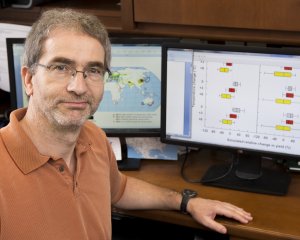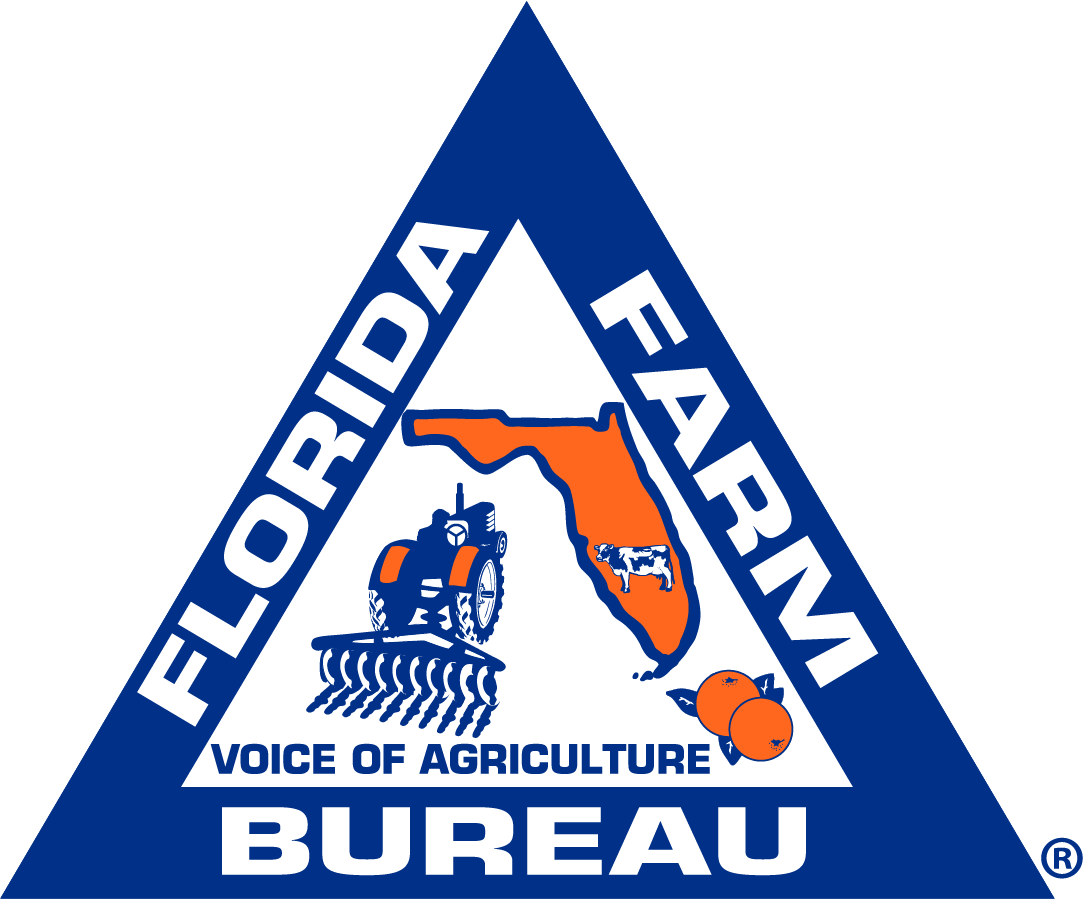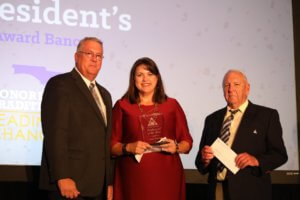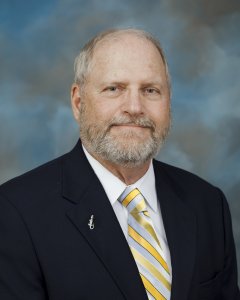
The robots are coming. They’ll be bringing you on-demand, low-cost advice.
My advice comes from people like Senthold Asseng, who spends a lot of time thinking about the future of farming. He seeks technology-based solutions to your problems.
He paints a hopeful picture of your future farm. Wireless microsensors are going to tell you which plants need nutrients. The robots will respond, applying fertilizer only where it’s needed.
Other high-tech monitoring will warn you when the first pests arrive in your field, well before you’d ever see them. Then you’ll dispatch robots or drones to nip them in the bud and save yourself a whole field’s worth of pesticides.
The way I see it, the only way you’re going to stay competitive is to sell more and spend less. That’s why University of Florida Institute of Food and Agricultural Sciences engineers like Senthold are so important to your future. He is identifying ways technology can save you on labor and other costs – all while you produce more.
You’ve heard me say it time and again – that the food business is global, and innovation is the way America competes. Farmers must also continue to be leaders in protecting the land and water that makes food production possible. The same techno-fixes that reduce costs are also likely to make farming a greener business.
UF/IFAS experts each have a granular expertise on one of the dozens of factors that influence your success, from irrigation to plant disease to whether you can afford to adopt a new technology.
One of the reasons I recently appointed Senthold to lead the Florida Climate Institute is his ability to look at your farms from 30,000 feet. He’s a big-picture thinker. His interest is not a debate about the causes of climate change. It’s to help figure out which technological tools we need to respond to whatever comes from the sky.
The sensors, robots, drones, and computers that Senthold looks at may cost more than you can spend – for now. But at some point, you may not be able to afford NOT spending on technology.
The robots are coming. If not to your farm, then to your competitors’, whether they’re in California, Mexico, or overseas.
That’s why you can expect to see UF/IFAS hire more agents to help you harness technology. Agents like Charles Barrett at our Suwannee Valley center. While he can talk to you in depth about irrigation, he’s going to encourage you to put soil moisture sensors in the ground. He recognizes that technology can tell you more than he can.
Senthold asserts that all the components of the future farm already exist. What will change is that they’ll become cheaper. What will also change is that you and your heirs will become more fluent in their use.
Robots need robot wranglers. Huge harvests of data require data scientists. Automation software can’t work without programmers. Figuring out how to apply the know-how of these cutting-edge professions to food production, Senthold reminds us, is another job of the future farmer.
Jack Payne is the University of Florida’s senior vice president for agriculture and natural resources and leader of the Institute of Food and Agricultural Sciences.







